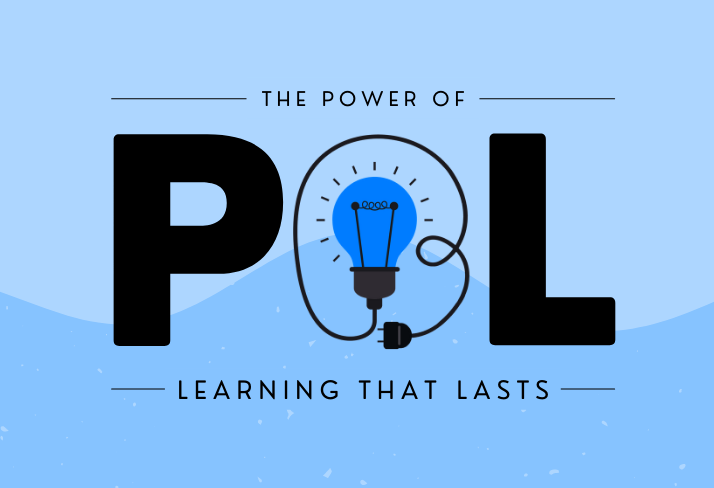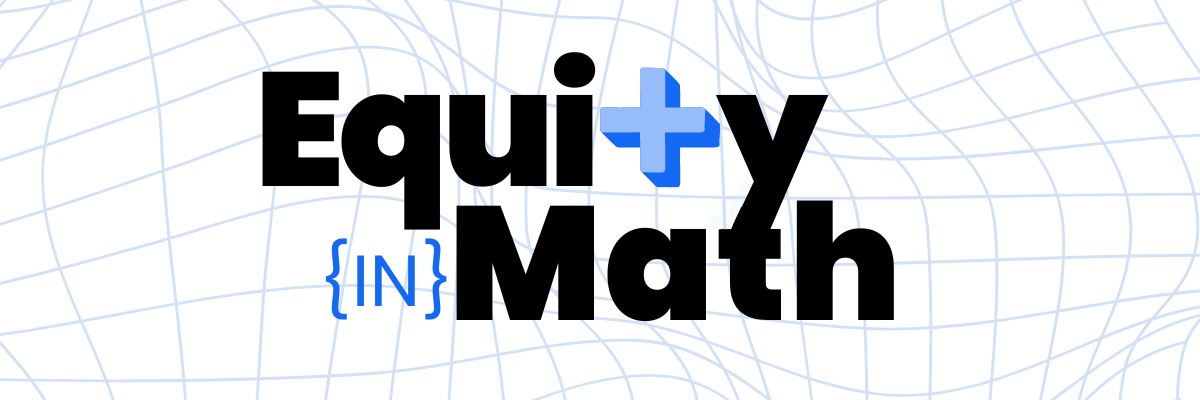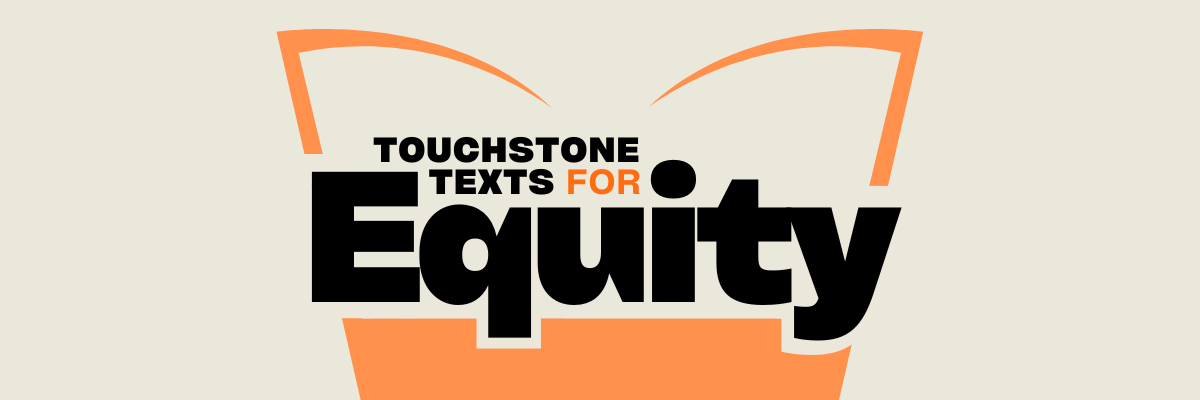|
Strengthen the connection between the why and how of student learning, cultivating essential 21st century skills along the way.
In a recent conversation with leadership at a school district in Westchester, NY, I posed the question: What do we recognize as the purpose of education, and what is it we want and hope for our students when they graduate? My intention in asking this was to encourage leadership to explore whether the goals and values they have for their students are reflected in their current efforts, including their curriculum, instruction, and initiatives. Put frankly, I was asking leadership for their thoughts around what they were doing, and if they thought it was best preparing students for the 21st century.
After some lengthy discussion and a deep dive into their curricular maps, it was revealed they had work to do. Despite their good intentions, they were still operating from old-fashioned and insufficient pedagogies. Unfortunately, through our research and experiences, we’ve found this is the case with most schools today. A look back through history can help underscore this point.
Education for what?
In the 19th century, the purpose of education and schooling was to prepare students for work. There was one schoolhouse, and one teacher for many students, all of whom sat in rows. Instruction was focused on repeating, reciting, and reproducing — all skills necessary for work, which was predominantly in factories. In the 20th century, things evolved, thanks to the introduction of basic technology like the typewriter. Schooling focused on teaching students to apply information provided by a teacher or by a resource, like textbooks. Like the 19th century, there was a strong connection between school and work, though the necessary skills shifted to accommodate work in an office, and revolved around application and analysis. Now, about a quarter into the 21st century, we are faced with a problem we’ve yet to experience. It’s the first time in history we are presented with a disconnect between what and how we are teaching, and the realities of a 21st century world, where technology continues to change and shape our experiences. Organizations today are seeking innovative and imaginative individuals, yet students are still looking to the teacher to provide the answers, and there is little to no opportunity for students to engage in critical and creative thinking, or individual and collaborative problem-solving. Our needs and goals as a society are evolving but sadly, most of our schooling is not. As my colleague Dr. Roberta Lenger Kang says: We can’t use a 20th century pedagogy in a 21st century world. How can we adapt to 21st century work and support students in acquiring skills that we know will serve them in the 21st century and beyond?
The promise of project-based learning
One of the most powerful ways to advance the skills and capacities necessary for students to thrive in today’s society is through project-based learning (PBL). PBL supports the development of fundamental skills such as reading and writing, as well as 21st century skills like research, collaboration and communication, problem-solving, time management, and the use of technology. In short, PBL sparks curiosity and curiosity leads to innovation. What is PBL? As the Buck Institute states, project-based learning is “A teaching method in which students gain knowledge and skills by working together for an extended period of time to investigate and respond to an authentic, engaging, and complex question, problem or challenge.” They also offer a distinction between “dessert” projects and “main course” projects that is particularly helpful — a dessert project is “a short, intellectually-light project served up after the teacher covers the content of a unit in the usual way” whereby a “main course project is when the project is the unit.” When it comes to CPET’s approach to project-based learning, we very much lean on the expertise of the Buck Institute. We believe projects:
Imagining project possibilities
How might teachers and students begin this work? Start with a real-world problem far away Projects that are focused on a global issue help students demonstrate understanding of a problem that occurs in the world, even if it isn’t directly about them. Students can explore the features of this problem, how it impacts the people, as well as the far-reaching implications and solutions!
Start with a real-world problem close to home This type of project can help students demonstrate understanding of a problem that occurs in their specific context. Identifying a problem locally engages people intimately and can inspire calls to action that are more likely to be carried out. The goals would be to understand a situation, issue, or a series of events that happen in multiple contexts around the world and ideally consider the global connections across diverse communities.
Meditate on a word, concept or theme Words are powerful, and making use of “academic” vocabulary or transferring knowledge from one domain to another are two areas where schools struggle to build students’ capacity. A project on a general word, concept, or theme is engaging and develops these important skills across content areas.
Our students have the potential to do amazing things. They just need the right conditions to survive and thrive. Project-based learning promotes the acquisition of real and relevant skills of the 21st century by asking questions, exploring issues that matter, and imagining possibilities for positive change. PBL is now the focus of my work with the district in Westchester, and I’m really excited by the progress they’ve made. I invite you to use any of these practices to support the creation of your own project, and if you need more help, we are here!
|
|
The Center for Professional Education of Teachers (CPET) at Teachers College, Columbia University is committed to making excellent and equitable education accessible worldwide. CPET unites theory and practice to promote transformational change. We design innovative projects, cultivate sustainable partnerships, and conduct research through direct and online services to youth and educators. Grounded in adult learning theories, our six core principles structure our customized approach and expand the capacities of educators around the world.
|
ABOUT US
525 West 120th Street, Box 182 New York, NY 10027 416 Zankel Ph: (212) 678-3161 [email protected] Our Team Career Opportunities |
RESOURCES
Professional Articles Ready-to-Use Resources Teaching Today Podcast Upcoming PD Opportunities |
COACHING SERVICES
Custom Coaching Global Learning Alliance Literacy Unbound New Teacher Network Student Press Initiative |


























